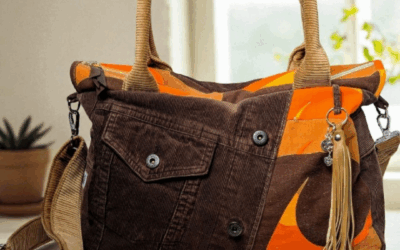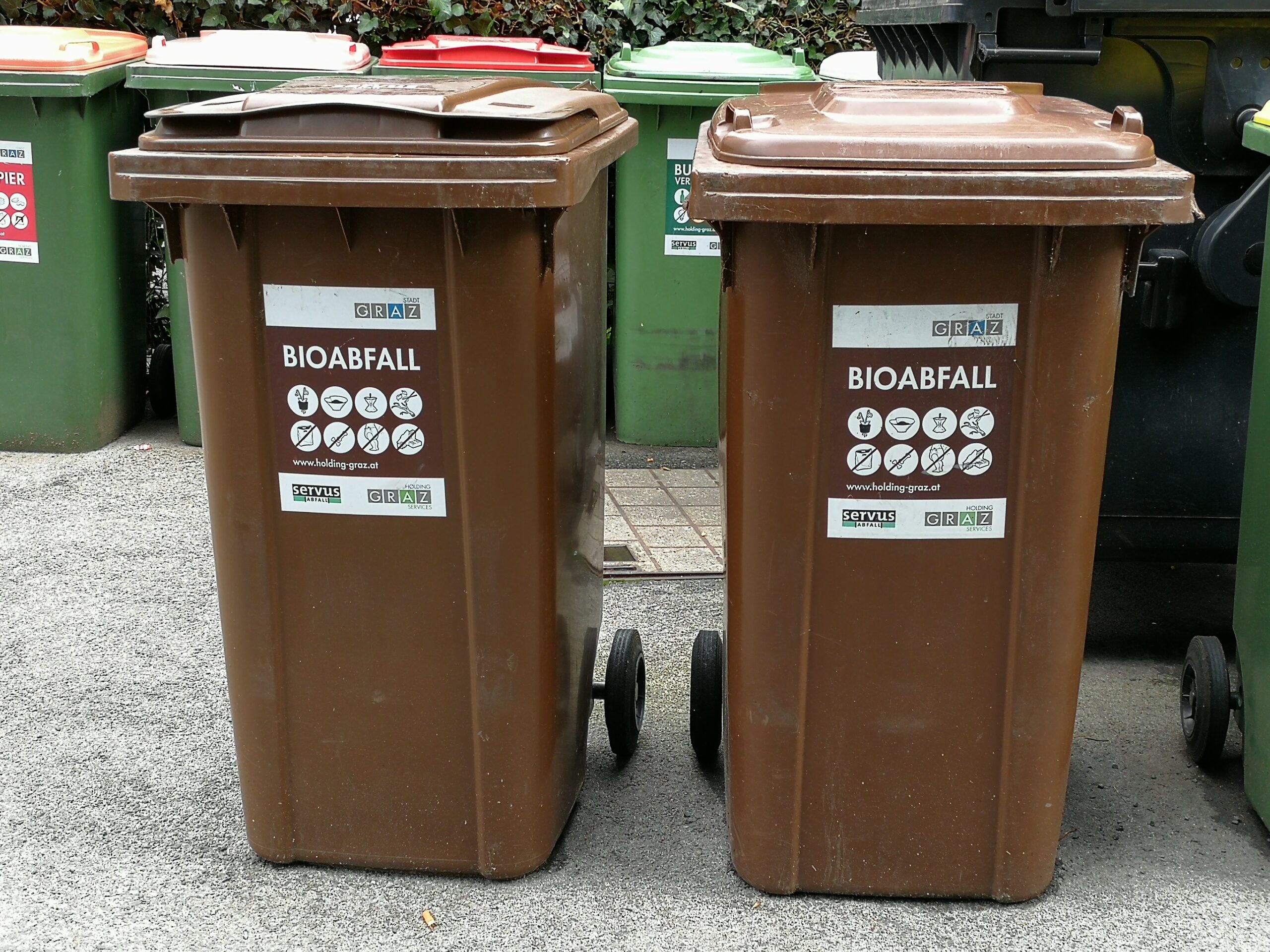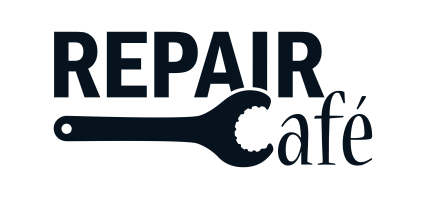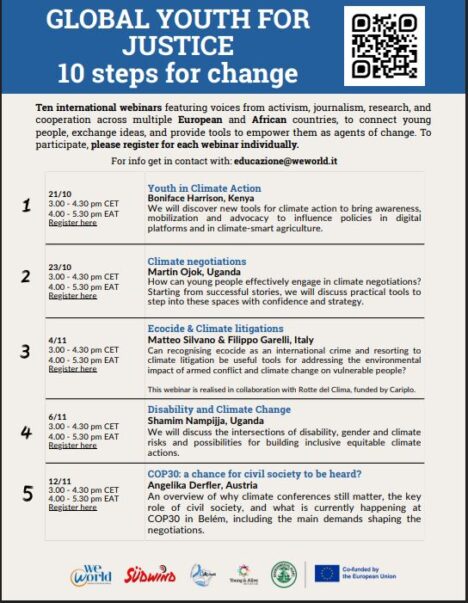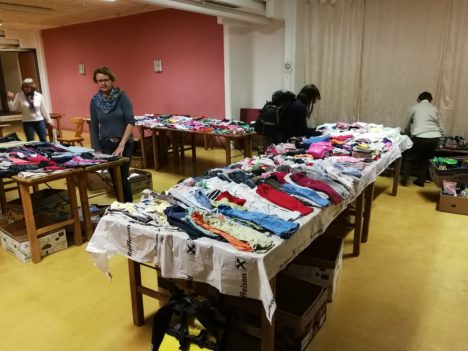Original post „Der Naturgarten“ by Barbara Kochauf on January 8, 2023. Translated by Lisa Scheer 2023/24.
Disclaimer: Some of the links in this post might redirect you to a site in German. Feel free to use Machine Translation (such as DeepL or Google Translate) to get the information provided on these sites.
More time for us – more space for nature
How can you design your garden to make it more natural? It’s not rocket science. By just considering a couple of things, you can have your very own fantastic, chemical free natural garden – and the best thing? You will have a lot more free time. It’s a true win-win situation! Now you may ask yourself: How does this even work? How should I begin? Simply enough – just do nothing in your garden.
Disorder is allowed
The more rampant disorder we have in our garden, the more we leave up to nature, the more diverse our surroundings will be. This practically happens without intervention (well, practically, that is…). Nature is messy but everything is like that for a reason. There is no trimmed lawn, no free ground in nature. There is diversity, opulence and each centimetre has space for growth.
This is not an order to let your garden become a jungle. But the closer we are to nature, the better. It is becoming more difficult for animals to procreate, to build nests, to eat and to get through winter. You can make your garden into a green island through simple measures that often give you more free time. This island will have a lot of opportunities for all sorts of animals, such as bees, bumblebees, butterflies, hedgehogs, different species of wild bees, bats, amphibians and birds.


The first step is to not radically clean your garden in autumn. Don’t remove foliage and arid plant material. Foliage can be spread underneath hedges and left to lie around in a pile with branches on top (a hedgehog will be happy). Do not cut down perennials, tie grasses together, leave dead stems of blackberries, raspberries, nettles, sunflowers or reeds. These dry, dead parts of plants offer a place to spend the winter and food for a lot of animals (e.g. birds will enjoy the dried seed stalks). Clean up as late as possible in spring.
A wild corner
As a next step you can create a „wild corner“ in your garden. Don’t mow the lawn there; instead place a pile of dead wood (dead wood: old branches, pieces of trunks, roots, throw cut off branches on a pile and leave them there). This is the preferred habitat for certain kinds of wild bees and bugs. Piled stones, bricks and broken pots can be added as well. Maybe you can make small dry wall in a sunny spot and nettles might start growing there – and your wild corner is done. You don’t need to do anything here as well. The less disturbed this spot is, the better, as animals will be happier.
Grass, meadow or lawn?
A further thing you don’t need to do anything about is the grass: some gardens are so well-kempt that there is no space for a variety of plants between rose beds and thuja hedges. Add a robot lawnmower to the mix and your garden will be a dead zone.
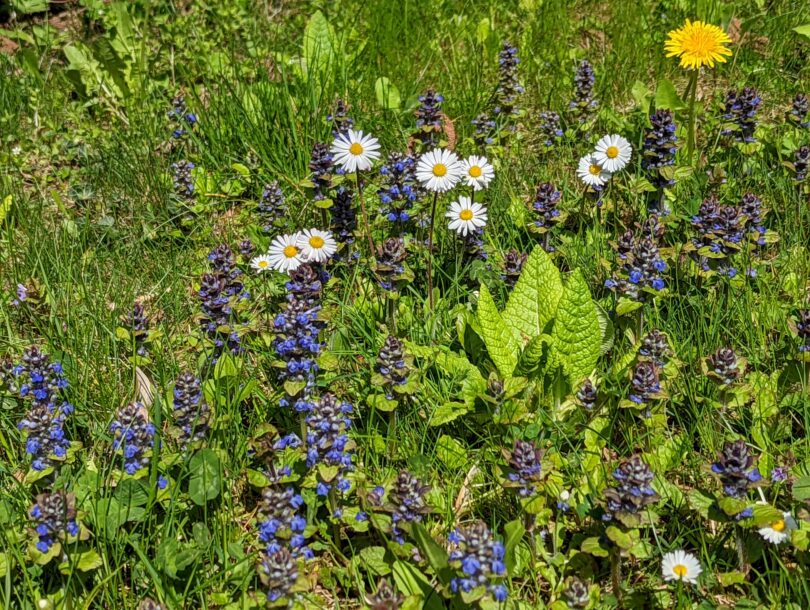
Of course, you need areas with short grass for children, your deck chair and your picknick blanket, but what about just leaving the rest of the lawn alone and only mowing paths to this spot? In short time you will have a beautiful meadow that will enrich your garden incredibly. The long grass sways in the wind – and you are on your deck chair, listening to the chirping crickets, the humming of bees and the song of birds. You now have time for that because you don’t need to mow your lawn.
Advantages of not mowing:
- Saving energy and fuel
- more free time
- Water conservation
- more biodiversity in tall grass (however, this is not yet a wildflower meadow or a rough pasture, but meadows are generally more ecologically valuable than short lawns.)
- You will be surprised to find different things growing in your meadow (mowing 1 to 2 times/year is enough, use cuttings for mulch or compost).
Compost pile
The next point – get a compost pile! There is nothing better for microorganisms, worms, insects and their eggs, pupae and larvae. A hit in terms of waste, it takes all your organic waste, garden waste and green waste and turns it all into valuable compost for your garden.
Soil
Talking about your soil… Try not to till your garden beds, like people used to do (unless the earth is hard and condensed). Through tilling you move things from the bottom to the top – namely the animals living in our soil. Animals that do important work underground are in daylight all of a sudden. Microorganisms and very small animals that prefer to live above ground are now deep underground. All these animals now cannot do their work for the soil properly. It is therefore better to use a digging fork to loosen the garden bed. Avoid uncovered, naked areas. You will rarely find naked soil in nature either.
Mulch
Mulching is the key word, and it brings live to your beds. You cover naked soil between plants with organic material, like grass, bio fibres, wool, foliage, straw and more (there are few plants that are not happy about mulch such as onions, roses and tender, fresh plants). A particularly valuable support for your plants is a mulch layer of nettle and/or comfrey leaves.
Advantages of mulching
- Weeds are suppressed – less weeding
- Humidity stays in the ground; the ground doesn’t dry out as fast – it needs less watering
- Mulch is food for our soil. It is decomposed through organisms in the ground and turned into nutrients, the soil becomes more fertile, this causes better plant growth; look forward to stronger, more resistant plants and better harvests!
Here’s a small „but“ though: During long periods of rain, mulch made from grass can spoil and slugs might profit from this.
Water
In a natural garden water should also play a role. But don’t be scared – you don’t need to turn your garden upside down to add a pond. A watering hole in a stone trough, an old washbowl from the flea market or simply setting up shallow saucers surrounded by some stones will do. Renew the water regularly and add exit aids for non-swimmers – add larger stones or planks. In case it is possible, use collected rainwater to water your plants. You can collect it in (multiple) rain barrels.
Choice of plants
Last but not least and maybe the most important part – which plants do support your garden and biodiversity within it the best?
Should you have space for a natural hedge where birds can find food, nesting- and hiding spots, the following plants are ideal: elder, ornamental apple, rowan, hawthorn, dog rose, cornel, mahonia, snowberry, scented hedge cherry, hazelnut; as tree lime, willow, apple tree. Even if you only plant one or two of them, a lot is already done, perhaps you can exchange your old forsythia for it. To add – you can also profit from these bushes by having berries and nuts and colourful leaves in autumn.
Try to set the table for all the bees, bumblebees, butterflies and wild bees from spring to autumn with annual and perennial flowering plants. You will surely find something among this list of native plants: winter aconite, blue star, broom, dandelion, bugle, all kinds of bluebells, sage, comfrey, thyme, yarrow, globe thistle, phacelia, hyssop, borage, catmint, sunflowers, cardoon, cranesbill, lavender, oregano, thistle, ornamental tobacco, nasturtium, stonecrop, raspberry, blackberry, single flower dahlias (generally choose single flowers) and, of course, stinging nettle. 50 different butterfly species can lay their eggs there. You also have the advantage of having some medicinal herbs here that you can use. The insects will gladly share with you. Unproblematic, money and strength saving plants are the ones that return each year. They sow themselves, such as: calendula, mullein, clary sage, columbine, mallow, evening primrose, moon violet. Or flowering hardy perennials such as coneflowers, phlox, irises, fat hen, autumn asters, autumn anemones and many more.
Wild bee nesting aid
Our humming and crawling garden inhabitants go through many stages in their life. It doesn’t matter if egg, larva, pupa, caterpillar or mature animal, they all need a fitting, natural and poison-free environment where they can hide, live and find enough food. Native insects prefer native plants (some wild bees are dependent on a single native plant), introduced animals and plants can quickly become aproblem. A wild bee nesting aid (these are often called insect hotels but that’s not the right word for it) can go a far way. But pay attention – almost 90% of all wild bee nesting aids that can be bought are unfit and sometimes harmful.
You can learn a lot about building nesting aids (Österreichische Naturschutzjugend, Dienstleistungsgesellschaft Weiz, Karl Franzens Uni Graz – Institut für Biologie) here:
Korrekte Bau einer Wildbienen-Nisthilfe 2021 (DIN A4)Download à This is in German, but you might be able to use machine translation to help you understand.
Each square metre counts!
If you support the beneficial insects in your garden, they will help you as pest controlland also take over the so important pollination of plants and trees. In certain regions of China there are no bees anymore due to pesticide use and fruit trees are pollinated through low-wage workers. Because there are bigger monocultures that are treated with pesticides and fertilisers instead of natural meadows around us, we should create green oases for diversity wherever we can.
In nature, every animal and plant plays an important part. Everything is interconnected. If only one part is missing, there can be grave consequences for everyone and our ecosystem can suffer from it. So, let’s support nature in our garden.
Sources:
- Dave Goulson: Wildlife Gardening
- wiener umwelt anwaltschaft, wua-wien.at
- Smarticular.net
- Und vielen Dank an Dr. Gernot Kunz, Institut für Biologie, Karl Franzens Universität Graz für seine wertvollen Informationen.
More interesting posts on our website:
- Laub – Lust statt Last
- Unser Garten im Herbst
- The right flowers for insects in your garden
- Warum Gartenerde ohne Torf?
- Praktische Anleitung zum Gärtnern im Jahreslauf
Anmerkung der NiG-Redaktion:
Falls du keine wichtigen Beiträge oder Termine von uns verpassen willst, abonnier doch bitte gerne unseren Newsletter! Er kommt unregelmäßig und nicht zu häufig – versprochen! Oder schau regelmäßig in unseren Veranstaltungskalender.
Wenn dir gefällt, was wir auf dieser Plattform tun, nämlich bereits seit 2017 über Nachhaltigkeit, Umwelt- und Klimaschutz zu informieren, dann unterstütz uns doch bitte auch finanziell, um unsere Webseite in dieser Qualität und Fülle weiterführen zu können – uns hilft jeder Beitrag!
Verein „Nachhaltig in Graz“
BIC: STSPAT2GXXX
IBAN: AT20 2081 5000 4200 1552
Verwendungszweck: Spende/Sponsoring (Mehr zum Sponsoring hier)
Du kannst dir auch gerne unsere kostenlose App aufs Handy laden, damit kannst du Informationen, Veranstaltungen und vieles mehr entdecken: App Nachhaltig in Graz




